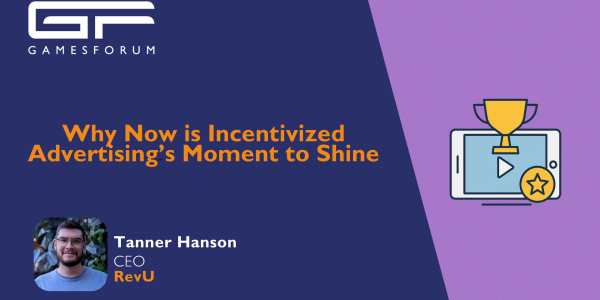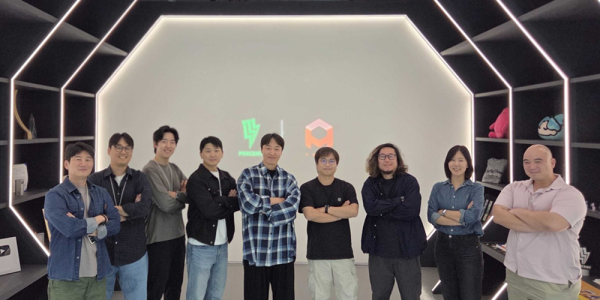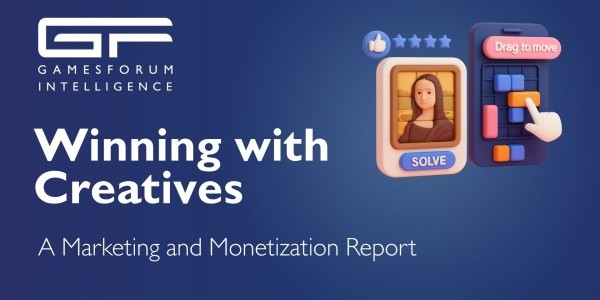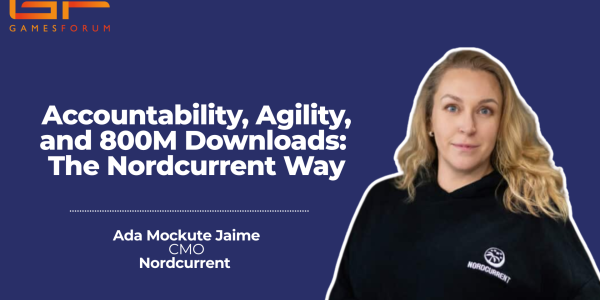BLKBOx.ai CEO Athar ‘Z’ Zia on How AI Ad Overload Is Quietly Killing ROAS
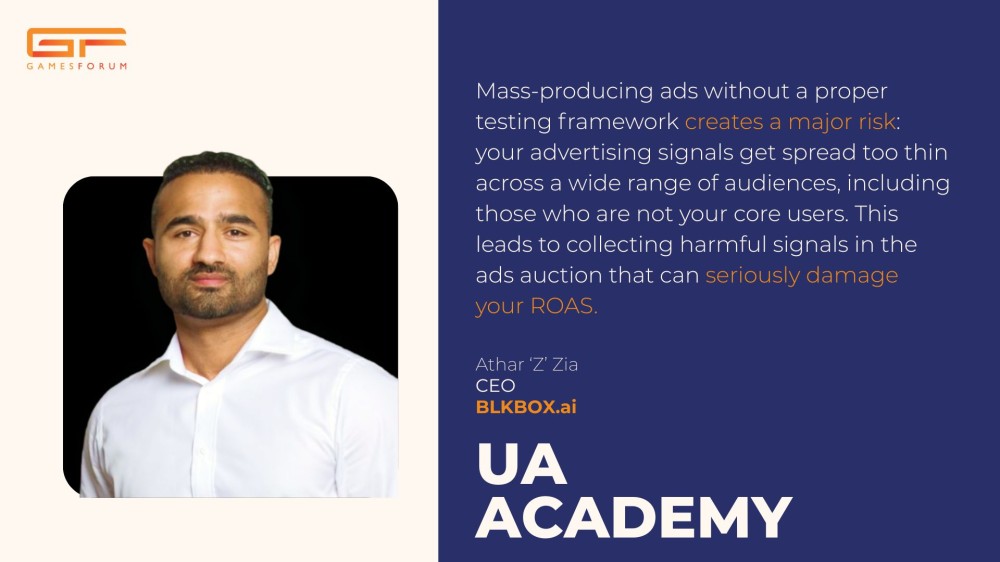
Athar “Z” Zia, CEO of BLKBOX.ai, explores how marketers can keep creativity meaningful in an AI-driven world. Real innovation, he argues, isn’t making more - it’s learning faster. With constant creative testing, data sharpens art, and art gives data a soul.
As AI enables brands to generate creative assets at unprecedented scale, how can marketers avoid creative saturation and ensure their audiences aren’t overwhelmed with volume over value?
Mass-producing ads without a proper testing framework creates a major risk: your advertising signals get spread too thin across a wide range of audiences, including those who are not your core users. This leads to collecting harmful signals in the ads auction that can seriously damage your ROAS. Additionally, generating high-quality, performant ads provides your core users with a great ad experience, driving higher engagement and intent with your products.
When testing thousands of creatives, how do you recommend distilling learnings into actionable insights that can guide future creative strategy rather than just surface-level optimizations?
Understanding your post-test results is crucial because it provides the art team with actionable design blueprints.
Testing gives the Art team precise data on:
- Which creative concepts have the highest win-rates.
- The optimal video length and dimensions.
- The ideal pace or speed of scene cuts.
Crucially, Age and Demographic highlights which concepts successfully unlocked new audiences, informing the strategic direction for audience expansion
Additionally, we can analyze engagement curves to pinpoint exactly where audience attention drops off in a video. This insight allows the Art team to go back and fix those specific, weak segments to make the final ad more engaging.
When you increase ad production, Creative Testing is critical. Mass-producing ads without a solid testing framework can dilute your advertising signals across a wide, potentially irrelevant audience. This, in turn, can lead to misleading data and ultimately negatively impact your ROAS.
What kinds of testing frameworks or methodologies are most effective when running experiments across a high volume of AI-generated creatives?
Looking for traditional statistically significant (stat-sig) results in ad testing is often too expensive because about 95% of ads fail. This approach simply confirms poor performance at a high cost.
A better way is Rapid Omni-Channel Testing. This method quickly pinpoints which ads the User Acquisition (UA) team should immediately scale and gives the Art team data-driven direction on what types of new creative they should produce next.
Can you share a specific example or case study where creative testing of AI-generated assets led to measurable performance improvements?
We are in the process of getting a 3-year case study approved with a major gaming client to demonstrate how the BLKBOX Creative Testing Framework unlocked major creative wins.
This framework uses a simple, four-step process—Produce, Rapid Test, Identify, and Iterate—to consistently succeed. It led to tripling of IPMs, a reduction in CPA and higher ROAS for the advertiser.
Additionally, we were able to unseat prior winners, and scale new creative concepts to unlock new audiences.
With so much creative output being tested simultaneously, how should marketers balance performance data with human intuition in creative decision-making?
Leveraging human intuition in creative production is great, but the ideas should always be tested and validated against our own biases. Ads should clear specific benchmarks before they are allowed to scale, else the performance risks are quite substantial.
I’m sure most marketers have experienced this at one point or another - where the most unexpected ads scaled extremely well, while very expensive, high-production quality just failed to scale at all. Human intuition is great, but it should be validated as advertisers scale.
AI makes it possible to hyper-personalise creatives for specific audiences. How do you see creative testing evolving to validate micro-targeted campaigns without losing efficiency?
Testing creative does more than just find winning ads—it provides demographic data that allows for precise personalization.
For our partners, testing clearly shows which ads appeal to different groups (e.g., Ad 1 for males, Ad 2 for females, etc.) and gives a detailed look at performance metrics like CTR and CTI rates across various age and gender segments of the core audience.
The industry is rapidly shifting toward a precise, data-driven approach: Hypothesize, Produce, Test, and Measure the ad's ability to unlock the intended audience. This feedback loop is essential for effective advertising, as the message for a casual user must be fundamentally different from the message for a VIP audience.
You are competing in a global auction against advertisers from many industries for user attention. Continuous testing is the only way to ensure your ad strategy is relevant at any moment in time.
AI models may replicate biases or limit creative diversity. How should brands structure their testing processes to identify and mitigate these blind spots in AI-generated content?
The core idea is that AI excels at increasing output (human compute), while humans remain superior at generating complex, original ideas that span concepts, product features, LTV, and real-world events.
When structured correctly, this partnership allows the Art team to generate 10 times more high-quality, relevant ideas that truly connect with the core audience. After the ideas are produced, testing acts as a neutral referee to objectively measure how effective that strategic output truly is.
Do you believe creative testing should be continuous throughout a campaign’s lifecycle, or front-loaded before launch? How does AI-driven production change that calculus?
Creative testing must be an always-on process because the advertising environment is in constant flux.
The global ad auction changes daily due to:
- Shifting User Intent: Human interest and attention can change minute-to-minute.
- Auction Dynamics: Supply and demand are always moving. Major events like the NFL launch cause advertisers (e.g., sports betting) to spend heavily, driving up CPMs and costs.
- Seasonal Relevance: Without an adaptive ad strategy, seasonal events like Halloween will cause your performance to drop.
You are competing in a global auction against advertisers from many industries for user attention. Continuous testing is the only way to ensure your ad strategy is relevant at any moment in time. This protects your campaigns from the negative effects of creative fatigue and reduced ad relevance.
Looking ahead, how do you see AI-driven creative testing reshaping the relationship between marketers, agencies, and technology platforms over the next 3–5 years?
AI's true value is enabling a 10x increase in human output, leading to ads that are personalized and unique for every distinct audience within your game.
This shift will exponentially accelerate the feedback loop connecting your product, landing pages, ad strategy, and channel-specific content.
Today, advertisers struggle just to succeed on one channel—let alone simultaneously mastering platforms like Meta, TikTok, Snap, and Reddit, each with its own audience, communication style, and unique ad-preference algorithms.
The future changes all this: great products will be built, and AI will automatically create a personalized pitch for each user, clearly explaining the product's value and why they should engage.



